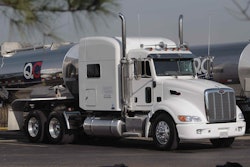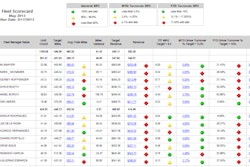Perhaps only a decade ago, the possibility of operating a business as complex and dynamic as trucking from any location, using any device, seemed farfetched. This is not only possible today but in many respects has become expected.
 Cliff Dixon, QDI vice president of IT
Cliff Dixon, QDI vice president of ITIn 2011, QDI made a strategic decision to embrace the cloud computing model. As such, the Web browser has become the front end of the company’s business applications.
In its current environment, users can access the full functionality of TMW Suite from an iPad, for example, but mobile devices are not the ideal platform for software with robust functionality, Dixon says. In the office, employees primarily use Google Chromebox computers to have fast, Web-based access to TMW Suite and other business applications that are hosted in its private cloud datacenter.
With QDI’s cloud architecture, most applications and files are accessible through a secure Web browser without having to use terminal connections.
“The utopia is to get all applications in secure fashion through a Web browser without going to the terminal side. When we get to that, we can leverage a single sign on platform with the application served up behind it,” Dixon says.
Consumer trends continue to extend the boundaries of transportation technology. When the professional user experience becomes more consumer-friendly, so to speak, transportation providers are able to shorten training time, increase worker productivity, and have faster and more responsive information.










